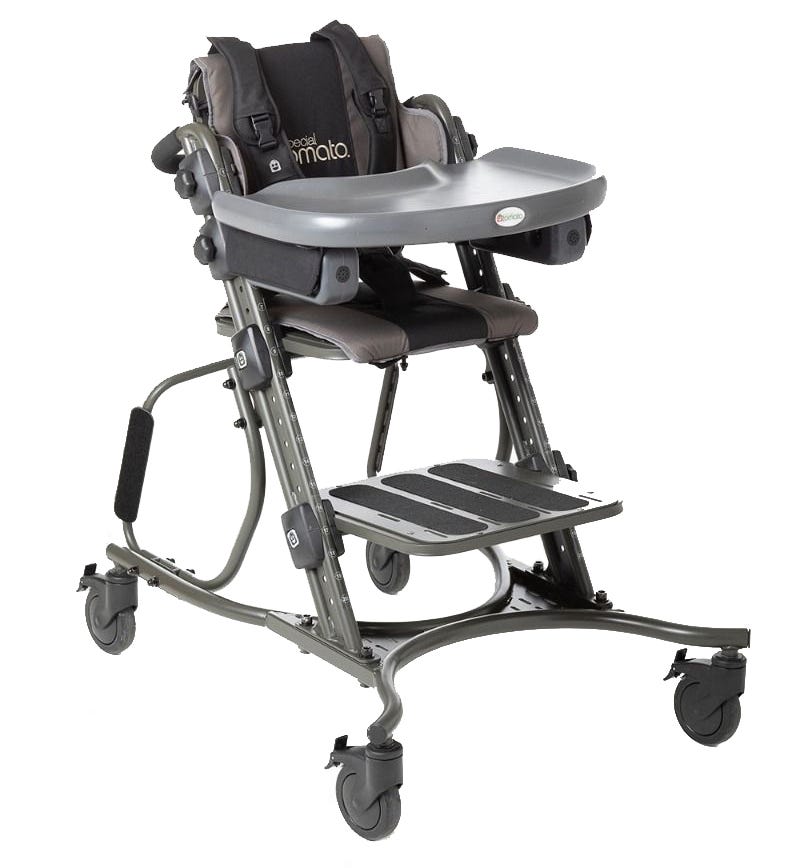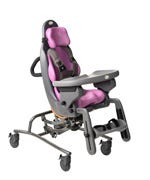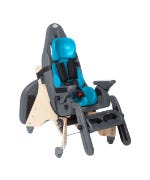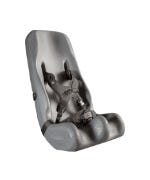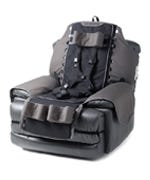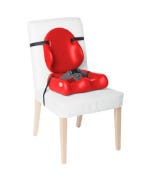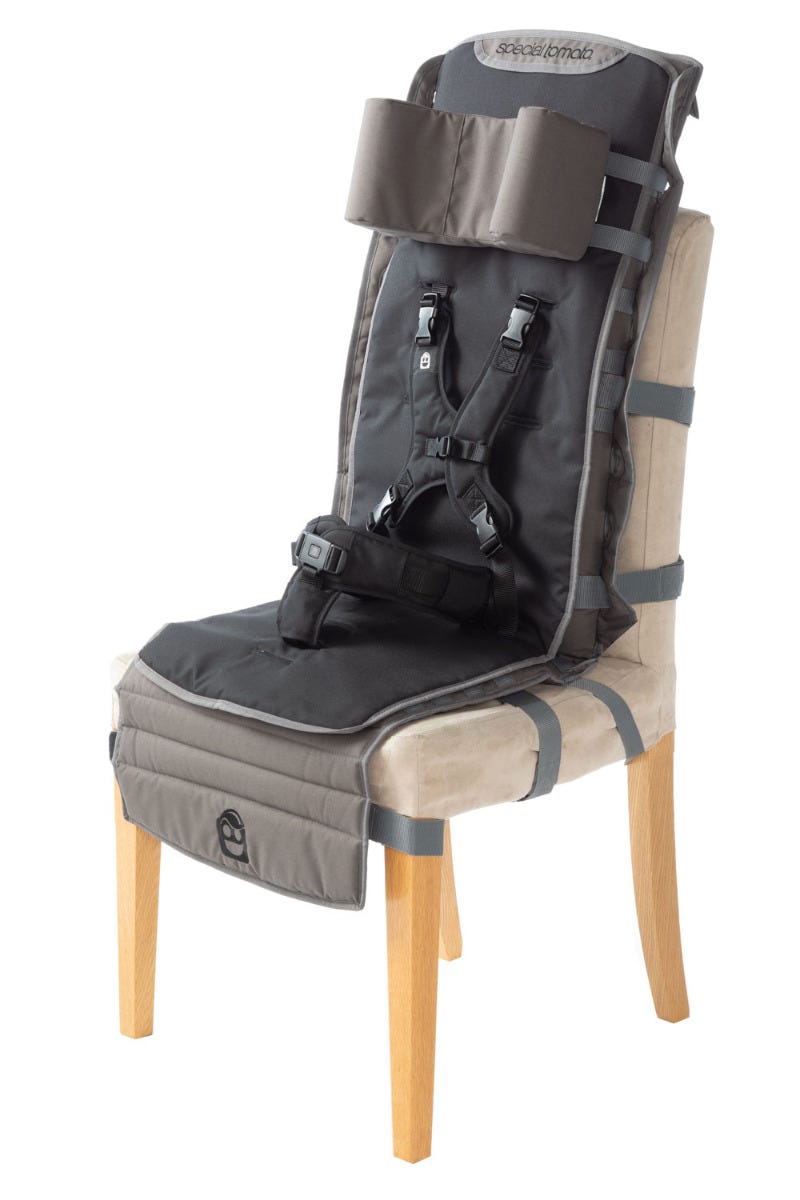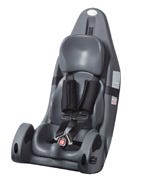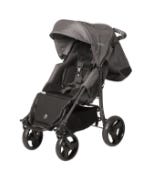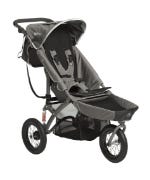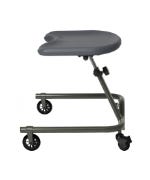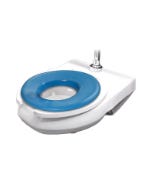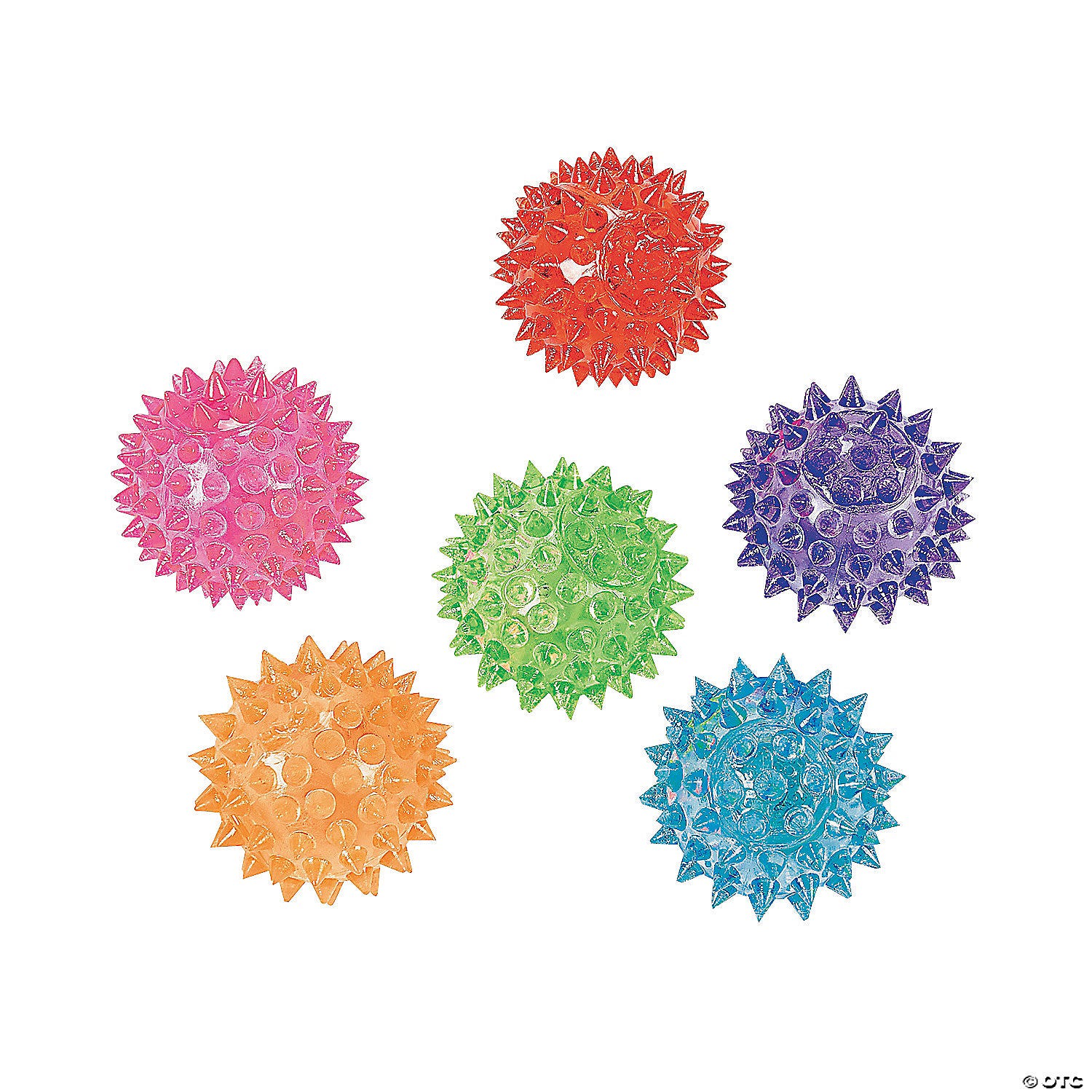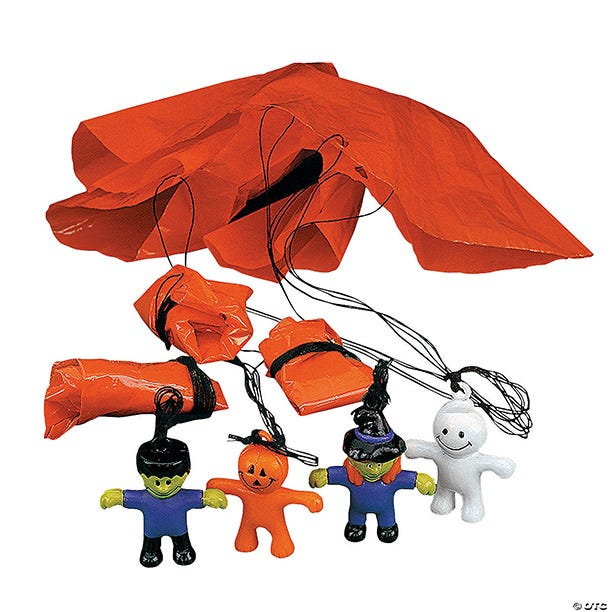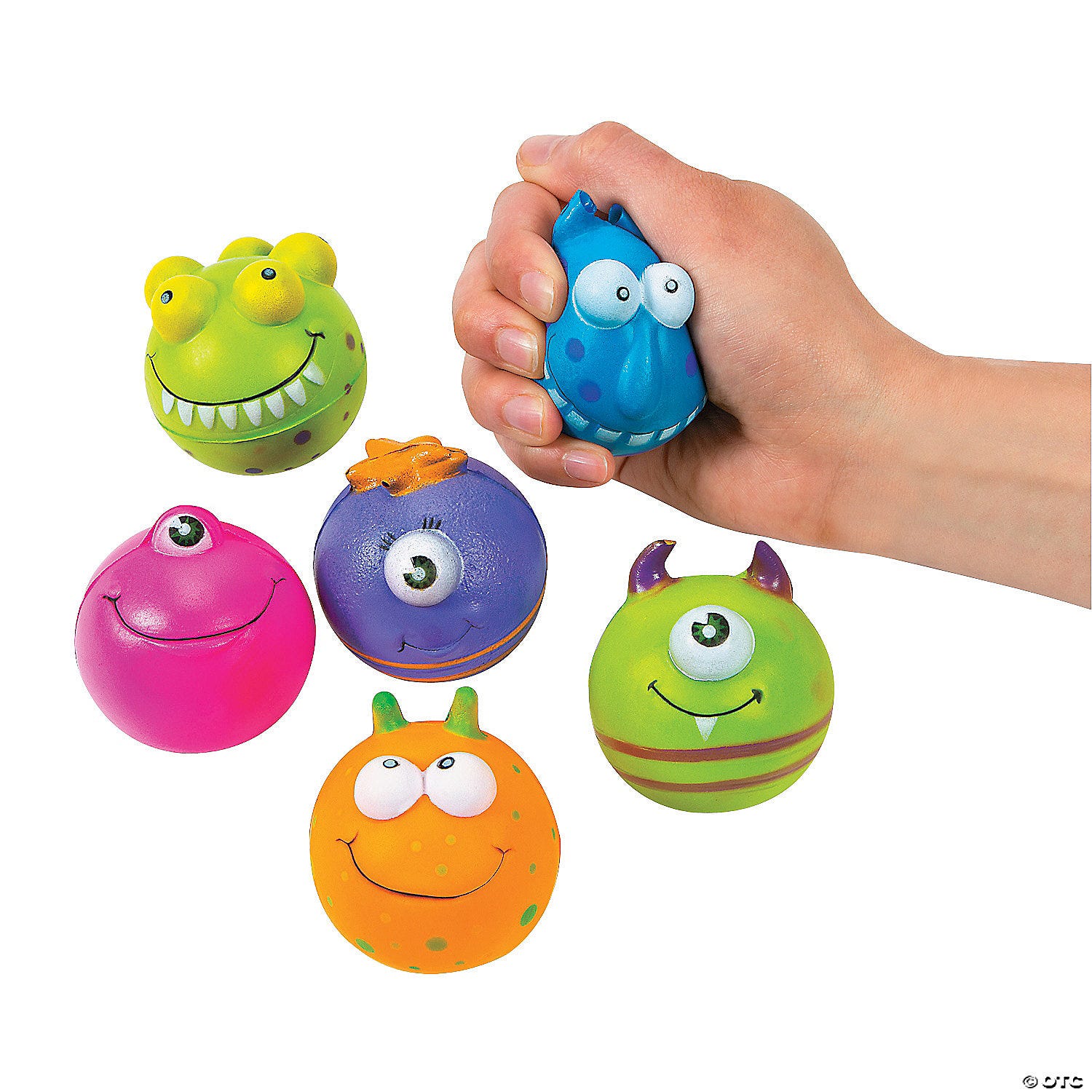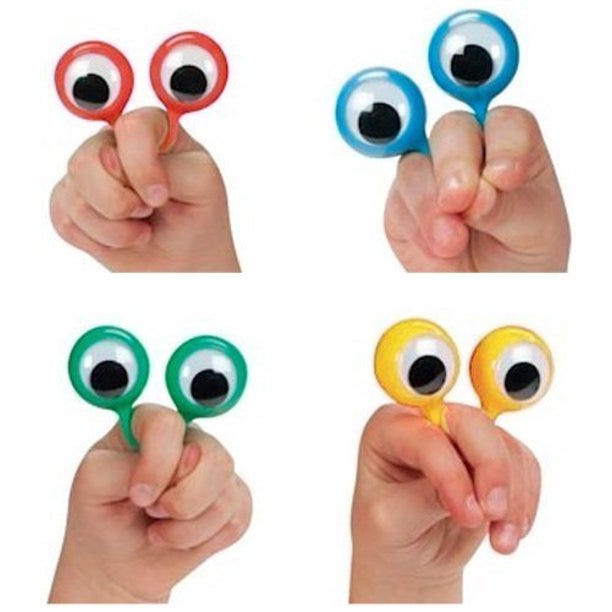Special Needs Tricks and Treats- Not Just for Halloween!
Halloween can conjure thoughts of ghosts and goblins and witch’s brew, brightly lit Jack o’ lanterns warmly glowing on neighbor’s porches. Legions of happy children excitedly making their way door to door as costumes of favorite characters transform them for one short fun filled night into superheroes, princesses and even the Great Pumpkin himself. Glee filled bursts of “Trick or Treat” ring out through the crisp cool air on this special moon lit fall night and anticipation builds with every stop as bags quickly fill with all sorts of “goodies”.
Traditionally “goodies” on Halloween have meant candy, lots of candy, probably more candy than one person should eat. We all need to put limits on that. But some kids and their families find themselves wondering if they can even safely participate in the holiday tradition of trick or treating. Children suffering from severe food allergies could have a reaction to an allergen simply tossed into their bags. There are lots of kids with food allergies and special diets. There are also lots of kids with all sorts of special needs who have chewing and swallowing differences that make eating candy unsafe. Some special needs kids even require tube feedings. A food-based Halloween tradition is definitely not for everyone. But the good news is, making Halloween non-food based and inclusive for all kids is easy.


It was not too long ago, in the fall of 2012, that Becky Basolone, the director of a local Tennesse food allergy support group, first had the idea of painting a pumpkin teal, the color of food allergy awareness, and handing out non-food items. What she didn’t know was that her teal pumpkin would become a nationwide symbol for Halloween food-allergy awareness and inspire the start of the Teal Pumpkin Project a practice that Becky reflects on by saying “I just hope that this really helps to encourage inclusion for children with dietary limitations and restrictions. Medical conditions that limit children’s involvement in food-based activities can be detrimental to a child’s self-confidence and sense of self, so if we can improve that then I think we are doing a good job. In no way do we want exclude candy from the Halloween tradition. That is not our goal. We’d just like to see a safe alternative during food-based activities for these children.”
This idea is catching on not only in this country but around the globe! Not only does it offer inclusion of children who have differences in their ability to take in food, it offers an opportunity to provide all children with small items that can inspire new experiences that enhance development! Stores like Target are making it easy by offering a whole line of non-food Halloween treats to handout. In fact, as many pediatric therapists know, these small nonfood treats can be used all year long to hold a child’s attention and inspire the motivation needed to learn new developmental skills. Whether it is a spinning light stick that a little one can’t help but look towards or a party blower that inspires a big breath in and a big breath out to unfurl the paper spiral, there are lots and lots of simple treats to fascinate and delight kids and help them learn and grow. Here are just a few ideas.
- Anything that lights up!- Take a look at this page from the Amazon. Lights attract our visual attention especially on a dark and spooky Halloween night. Children who are very young or have significant physical limitations can often follow a light with their eyes and begin to turn their heads and may even begin to reach for a lighted object. Older kids with more developed motor skills are fascinated by bouncing balls that flash on impact with the ground as they refine eye hand coordination with bounce and catch or dribbling games. Glow sticks, bracelets and necklaces inspire dance parties including “hula hoop” activities for arms and legs. Light-Up Stretch Yoyos enthrall little ones who may not have the motor abilities required for a good old fashion yoyo. Finger Beam Lights can inspire isolated finger movement and Light-Up Halloween Hand Clappers require strength and endurance of arm and hand muscles and rapid alternating movement patterns to produce the sound. And that brings us to another idea…
- Anything that makes noise!- Kids love to make noise especially when they are excited and happy and could maybe even startle someone and make them jump with fright. Whistles, kazoos, and noise makers all require breath support that can best be achieved with an upright posture and working facial muscles. Slide whistles require all of this and one hand to stabilize the whistle and one hand to operate the slide mechanism. Clicker toys strengthen the little muscles of the hands while kids practice isolation of finger movements. Squeakers require a firm pincer grasp that strengthens with repetition. Mini maracas and tambourines are all about the shaking, another motor skill that requires strength and coordination.
- Halloween Themed pencils, pens, markers, erasers and pencil toppers can make mundane fine motor tasks of learning to hold a writing utensil then making marks on a paper and eventually letters and numbers a whole lot of fun! Mini Halloween notepads can add even more interest. Halloween stickers build fine motor skills too as kids work to remove stickers from their paper liners. Stickers placed on a child’s clothing for removal can lead to functional reaching and grasping activities that can ultimately lead to self-care skills. Halloween stamps, coloring pages and stencils and even temporary tattoos are also lots of fun.
- Treats that Encourage Developing Motor Skills- Mini slinkies, windup toys, and spinning tops will all challenge developing fine motor skills. Mini Halloween Paratroopers will encourage the use of developing throwing skills. Blow up mini pumpkin beach balls encourage kicking, catching and even standing on one foot with one foot resting on the pumpkin to challenge balance.
- Squishy Toys- Stress balls that encourage squeezing and manipulation with the hand help improve strength and endurance in the muscles of the hand but add in different textures and filling substances and you may have a new sensory experience to expand a child’s limited tolerance. Mini containers of slime, floam, Wikki Stix or sticky/stretchy wall crawlers also provide unique sensory experiences. Mini containers of play dough encourage use of the hands while making dough balls and snakes. Experiment with cutting the play dough with plastic play scissors as an introduction to that fine motor skill or use plastic utensils and practice cutting the play dough with a fork and knife. Halloween scratch and sniff cards engage the sense of smell.
- Cognition, Socialization, and Imagination- Mini Halloween playing cards can inspire games that require manipulation of the cards. Cards can prompt activities involving matching, sorting, counting and many other developing cognitive skills. Games also promote social skills like turn taking and following directions. Halloween finger puppets and mini figurines can inspire imaginative play scenarios. Finger ring googly eyes are just plain silly!
- Other great ideas for non-food treats are mini containers of bubbles, Halloween bookmarks, bendable “gumby” figurines, silly straws, match book cars and spider rings. And the list goes on and on…
Halloween is SO MUCH FUN! Let’s make it that way for EVERYONE and maybe offer opportunities to learn a little something along the way! And if you are a family with a special needs family member, don’t forget to check out Adaptivemall.com’s Annual Halloween Costume Contest each October!




